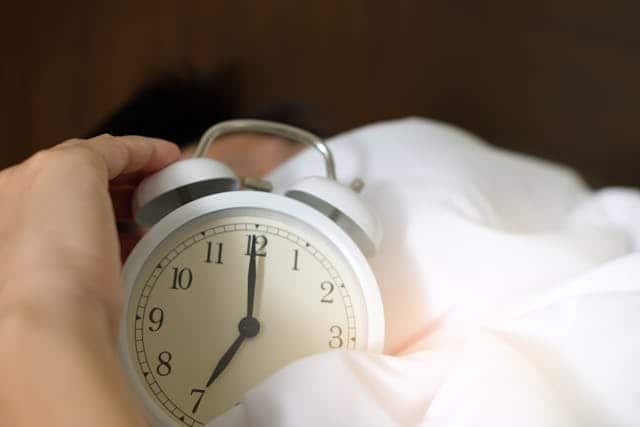
Associations Between Substitution of Sedentary Behavior Patterns With Physical Activity and Cardiovascular Risk Factors in Adolescents: A 3-Year Longitudinal Study
September 26, 2024
Blog post: Desk workers take a stand for health and wellbeing
October 9, 2024A new study entitled “Move more today, sleep better tonight? Daily associations between physical activity and sedentary behavior with sleep among young adults with and without insomnia symptoms” was recently published in Psychology of Sport and Exercise. A summary of the article and citation are included below.
ABSTRACT
Objective
At the between-person level, it is well-documented that individuals with more physical activity (PA) and less sedentary behavior (SB) tend to have better sleep outcomes than their peers. However, the associations at the within-person level remain unclear. This study investigated the daily associations between PA and SB with nighttime sleep among young adults with and without insomnia symptoms.Methods
Data was collected through activity trackers and online questionnaires for 7 consecutive days among 147 university students, including time spent on moderate to vigorous physical activity (MVPA), light physical activity (LPA), and SB, along with sleep duration, efficiency, and quality. Participants were classified into two subgroups according to the presence of insomnia symptoms, which were determined by a self-reported insomnia scale. Multilevel compositional data analysis was conducted on the total sample, and separately on subsamples characterized by the presence and absence of insomnia symptoms.Results
In the total sample and subsample without insomnia symptoms, substitutions among MVPA, LPA, and SB were not associated with changes in sleep outcomes at the daily level. However, in the subsample with insomnia symptoms, days with more MVPA or SB and less LPA were associated with higher sleep efficiency, while days with more LPA at the expense of MVPA or SB were associated with lower sleep efficiency.Conclusions
For young adults with insomnia symptoms, replacing LPA with MVPA on a given day may improve their sleep efficiency that night.
CITATION
Liang, K., Le, F., Chi, P., Chen, S., Huang, L., & Chi, X. (2024). Move more today, sleep better tonight? Daily associations between physical activity and sedentary behavior with sleep among young adults with and without insomnia symptoms. Psychology of Sport and Exercise,
https://doi.org/10.1016/j.psychsport.2024.102758.
Photo by Acharaporn Kamornboonyarush on pexels




